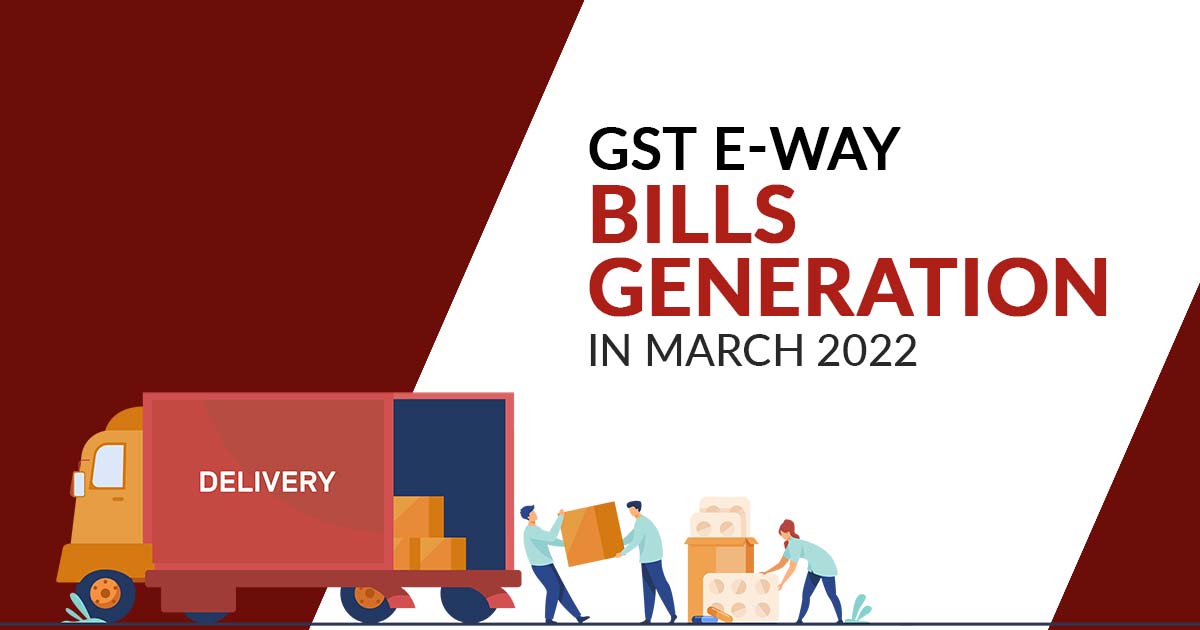
In March 78.1 million have increased for the electronic permits for the shipment of the goods in and all over the states, the highest since November 2020 for which the information is available, showing that the goods and services tax (GST) revenue collections in April can achieve the all-time high seen in March.
The official information from GSTN, the firm that processes tax returns, mentioned in March the GST e-way bill generation has rised from 13% from what was made in February. Since the tax returns for the sales in March would be furnished and the taxes furnished in April, the same would show a further rise in GST revenue collection in the first month of the new year.
“Normally the last month of the financial year sees businesses trying to conclude annual sales commitments and the last month always sees a spurt in sales. The other time of the year when we see a spurt is a festive season during Deepavali,” tax experts specified. GST collections have arrived at the highest level in the month of March at Rs 1.42 trillion, as specified by the official data on 1st April.
The e-way bill information shows actual goods shipment above a limit that resists in a month. S&P Global India manufacturing purchase managers index (PMI), which relied on the survey of 400 producers, has recommended on 4 April that another revision in the health of the manufacturing sector in March but its speed has moderated. PMI data towards March indicated another upturn in the production volumes, the ninth in consecutive March.
The revision in GST revenue collection is effective news for the policymakers as it simplifies the load on the revenue mobilisation via non-tax revenue measures like divestment and proves to be a relief to the state governments that seems to lose the GST compensation from June. The same trend seems to be the major input for the central and state governments while acknowledging further rationalisation in the GST slabs and the rates for increasing the revenue.
The two ministerial panels hired by the GST official are presently working on the GST rate rationalisation and on rectifying the efficiency and productivity of the indirect tax system.
The use of technology put an effort to raise revenue. From 1st April, the government has increased the scope of the e-invoicing need on business to business transactions to cover all businesses with Rs 20 cr sales and exceeding, down from Rs 50 cr before. The indirect tax buoyancy is also having a rub off on direct tax collections of the government as corporate sales get reported more accurately. The central government’s direct tax collection for FY22 has arrived at Rs 14 trillion more than the amended estimates.